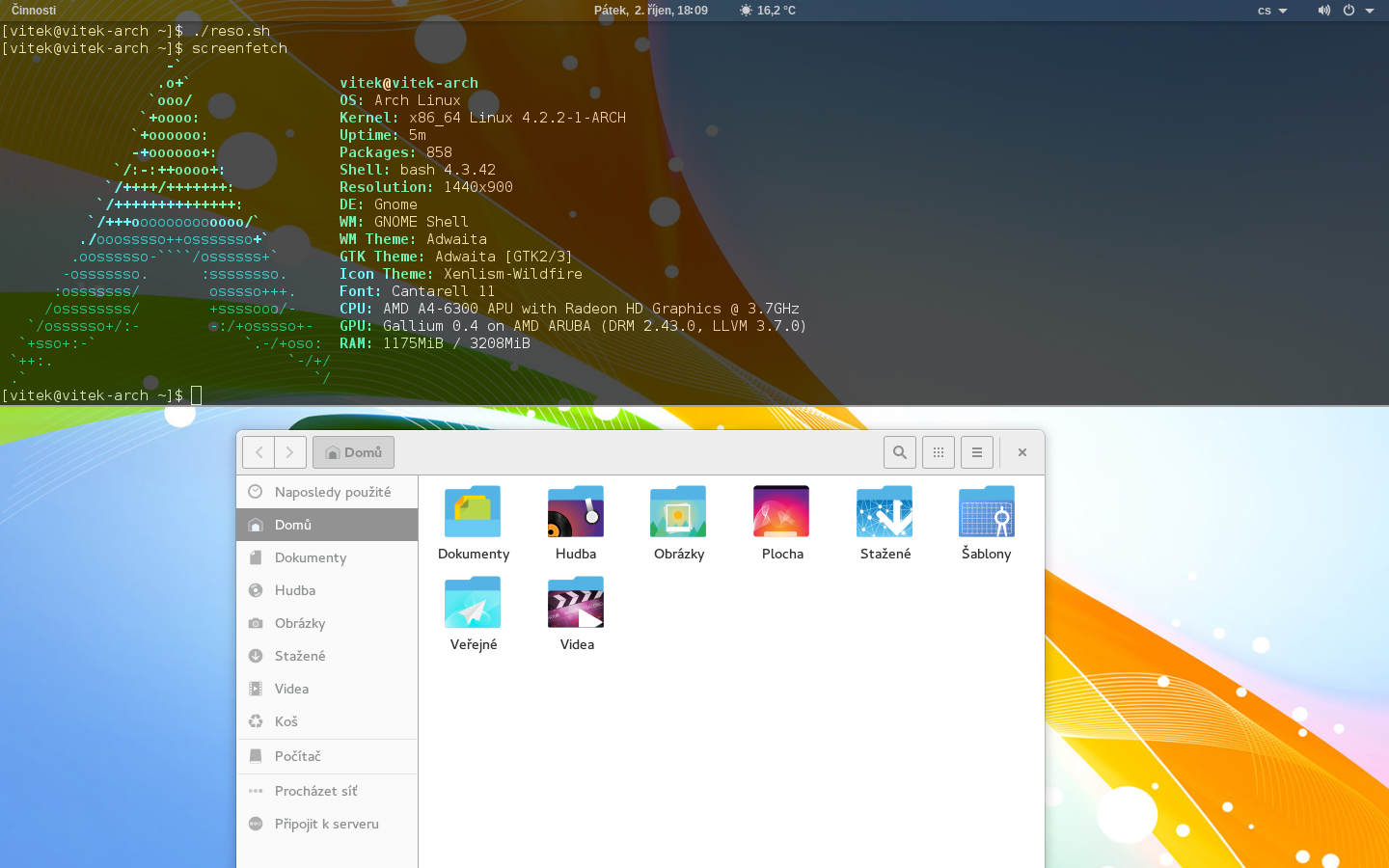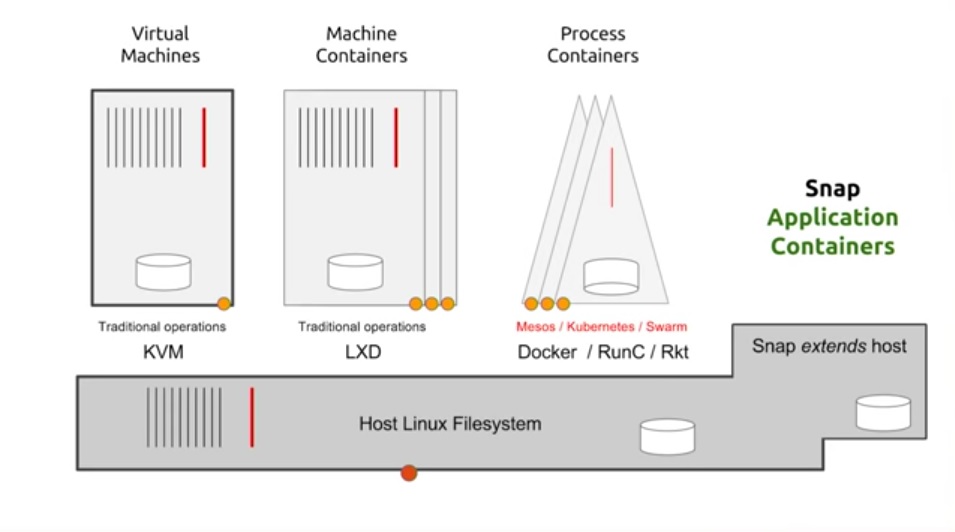
(It’s also natively supported by GNOME-based Linux distros, which is a nod in its favor.)
#SYNCTHING VS NEXTCLOUD FULL#
I started this adventure with NextCloud, a service that has gotten a lot of attention from the open-source community for its ability to do a lot of very versatile things.Ī fork of the enterprise-focused option ownCloud, the app is a standby for many Linux users, and even has an advantage over clients such as Dropbox, as it’s had a native Apple Silicon version for a while, and its web interface can be expanded into a full office suite. (via NextCloud) NextCloud has a nice interface, but it’s not for everyone, especially if you don’t want to spend your weekends hunting down bugs I’m not showing my actual backend, because reasons.

Theoretically, if I can find the right cloud storage platform and the right VPS, I could get a result that’s cost-competitive with both Google Drive and Dropbox … if it works.

(I’d be remiss if I didn’t mention that Backblaze’s primary product is actually a good alternative to Dropbox for backing things up, if not sync capabilities.) Two that come to mind for this use case are Wasabi and Backblaze’s B2, which each charge less than $6 a month for a terabyte of storage. One interesting angle of the S3 approach: In recent years, S3- compatible cloud storage platforms have emerged as viable alternatives to Amazon Web Services, and their costs are such that it’s actually somewhat reasonable to Dropbox or Google Drive … if it works. One concern I have is, well, if I’m self-hosting, do I try do so locally, knowing the not-unrealistic odds of a power outage knocking my stuff offline, or do I take my chances with a low-cost cloud platform like Vultr or DigitalOcean? And do I host the files locally, on a VPS server, or rely on object storage from a cloud file hosting platform, like Amazon’s S3? Some other things that I considered important for me included the ability to use integrations to help automate processes like file upload, something I traditionally have used Zapier for.Īdditionally, there was the debate about where to host this thing. But I could invite someone to a locally hosted cloud if I so wanted. Now, I’ll be realistic here-telling other writers to come edit documents with me on cloud storage seems like a bit of a tough sale, so I fully admit that I’m going to stick with Google for things like email and document editing-style things where I need to share with a friend. And honestly, there’s the trust factor to it-you have to be willing to put Google and Dropbox in a position of trust, and in the case of Dropbox, at least, I felt like the company had lost my trust. Being a Google or Dropbox user is not the most expensive thing in the world, but you end up giving someone your money that you don’t necessarily have to. I want to be able to efficiently access my stuff on all of these machines. I also have a number of other machines that I use less often, including a decade-old Xeon workstation I use primarily as a home server and that I generally remote into in a headless format, a couple of tablets, and a 2017 HP Spectre x360 that I use primarily as a Linux machine these days (though the Hackintosh flame still burns).
#SYNCTHING VS NEXTCLOUD PRO#
On an average day, I move primarily between three different machines for different tasks: my primary machine, a MacBook Air a 2019 MacBook Pro work machine that I try to limit my personal cloud use on (making a web interface desirable) and a 2012 MacBook Pro that has a matte screen that I like for more focused writing. Allow me to work across multiple machines on a daily basis.Part of the reason I started looking for other options was because Google Drive fell down on the job of keeping my writing updated in all places. While my primary editor iA Writer is good at doing this on the Mac, I have found it far from suitable for the job on mobile, in part because of syncing issues that have made life somewhat difficult.

I have years of articles, all written in Markdown, and I would like to be able to edit them on my phone, if a random inspiration strikes me. Make it easy to access and edit my writing anywhere.Plus, you have to decide whether you’re going to run your cloud server on a local machine, or on existing cloud infrastructure. When taking on a project as complicated as running your own version of Dropbox, you need to have an understanding of both what’s out there from a technical standpoint, how your own equipment can help you meet your goals, and what you might give up in the process. ( Pawel Nolbert/Unsplash) The key thing about rolling up your own cloud service is that you need to understand what your ultimate goals are


 0 kommentar(er)
0 kommentar(er)
